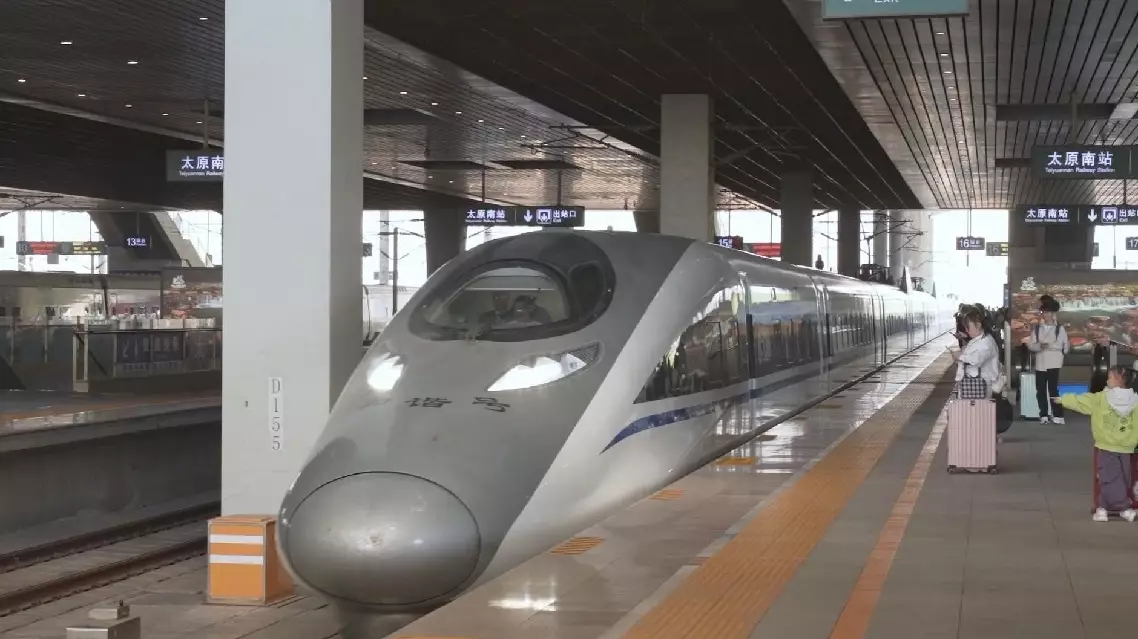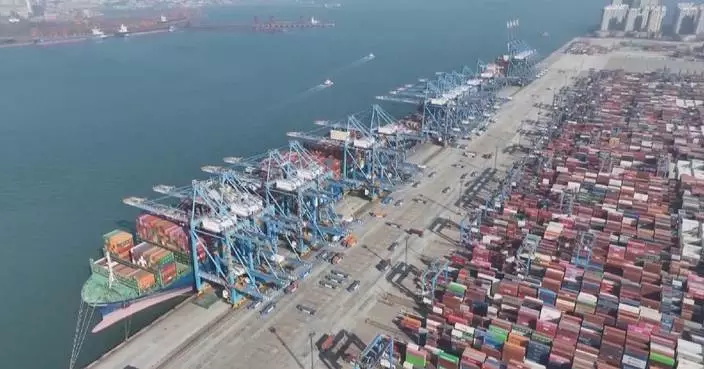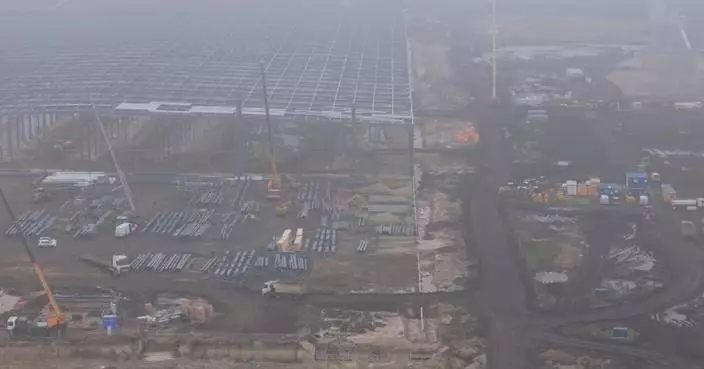The head of the U.S. Soybean Export Council says he is saddened by the current trade situation between China and the United States, warning that U.S. President Donald Trump's tariff measures and the subsequent countermeasures from China could prove harmful to the American soybean industry.
Trade tensions between the world's two leading economies have flared after Trump last week signed an executive order imposing a 10-percent "minimum baseline tariff" on all imports, with a 34 percent tariff placed on Chinese goods.
As a countermeasure, China announced an additional 34-percent tariff of its own, leading Trump to further slap on an additional 50 percent levy, bringing the total tariff on China to a staggering 104 percent effective Wednesday.
With soybeans still being the United States' number one export to China, U.S. producers are now growing increasingly concerned about the harm any further escalations could bring to their business.
Jim Sutter, CEO of the U.S. Soybean Export Council, pointed to the damage done during the last trade war which erupted during Trump's first term in office.
Prior to the start of the China-U.S. trade frictions in 2018, the United States had been China's largest soybean supplier, but that proportion has dropped sharply since then, with South American countries such as Brazil now becoming the main sources of China's soybean imports.
"Obviously, we don't like to hear about tariffs in any way. I think when you see a 34 percent tariff put on U.S. soybeans going to China, as we saw in the last trade war, it's not good. We don't see many U.S. soybeans going because the market prices in soybeans, a 34-percent spread, or a 34-percent sort of penalty on U.S. Soybeans is so large that it will likely keep U.S. soybeans out of China, which we think is very sad, because we believe that customers in China want U.S. soybeans, and they'd like to be utilizing U.S. soybeans and we know our farmers and our trade, our industry would like to be supplying U.S. soybeans," said Sutter.
China and the U.S. did sign the "phase one" trade agreement in Washington, D.C., back in January 2020, which largely eased the most bitter trade disputes seen during the first Trump administration. And, despite the recent flare-up, Sutter is optimistic some new deal can be reached to bring an end to the latest fall-out.
"So we're hopeful that these tariffs will be a short-lived event, and we'll be able to get back to that sort of phase one-like agreement, a phase two, or a new and improved phase one or something like that," he said.

US soybean export chief saddened by trade dispute, hopes tariffs prove short-lived




















































